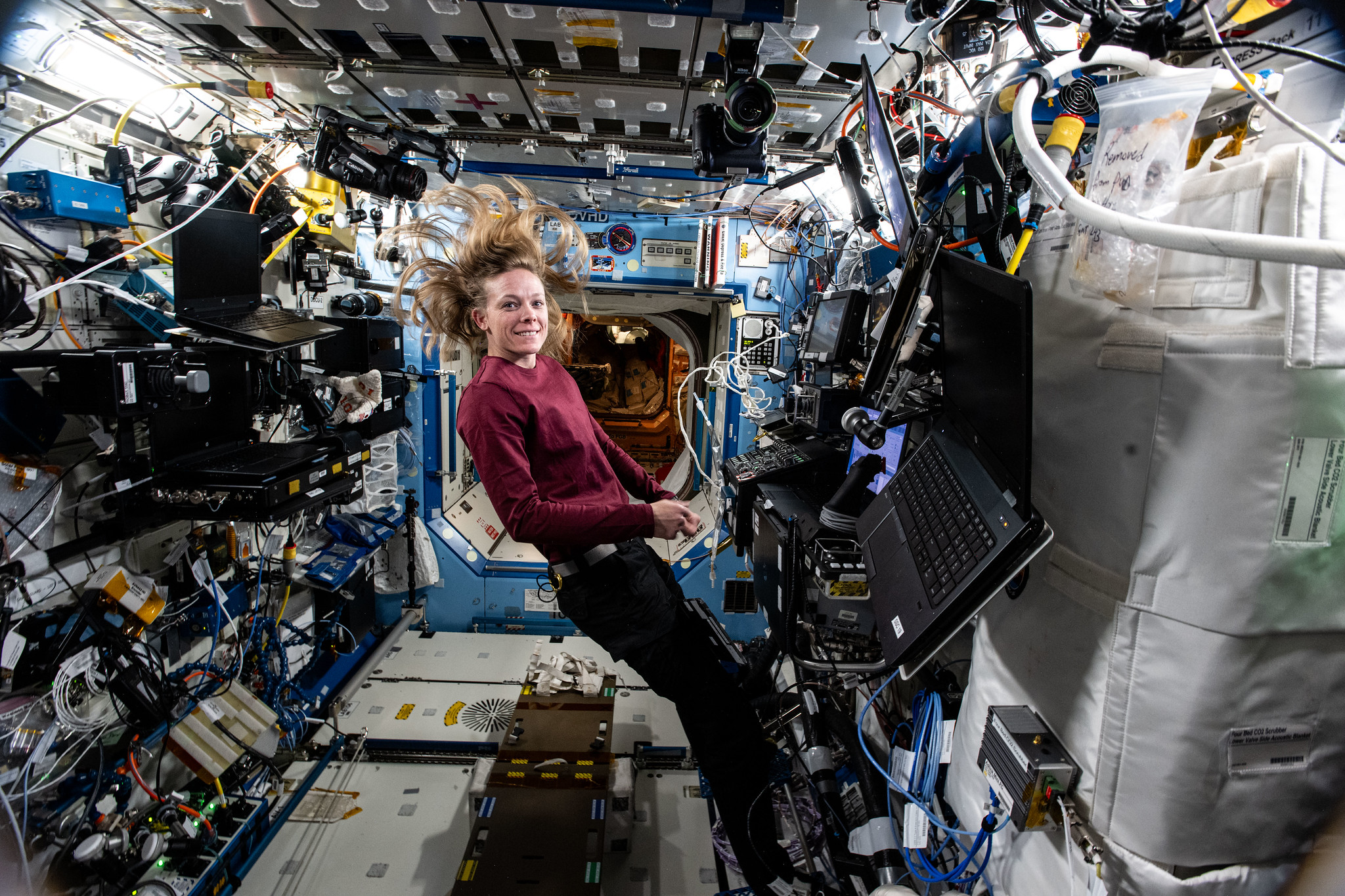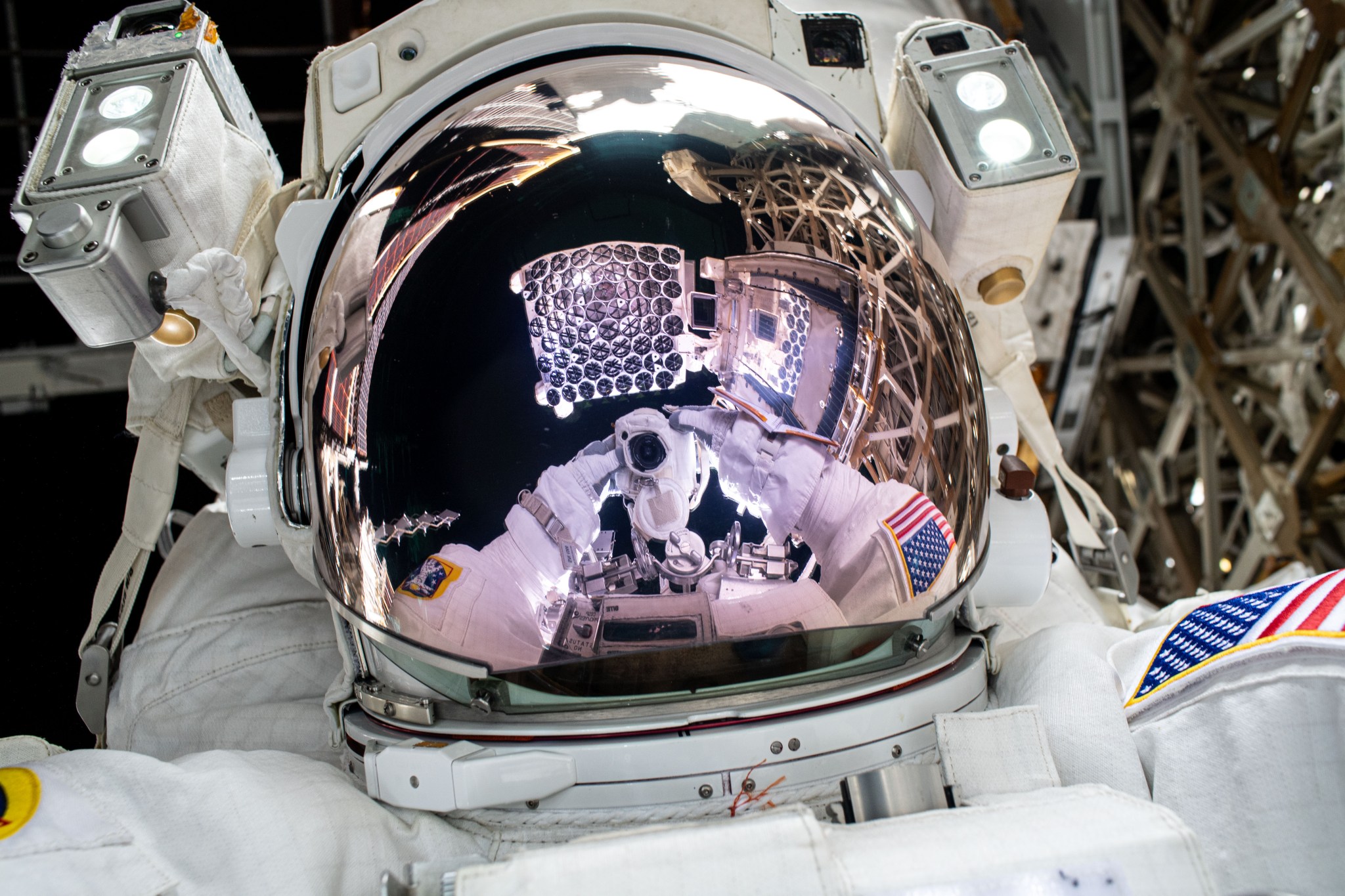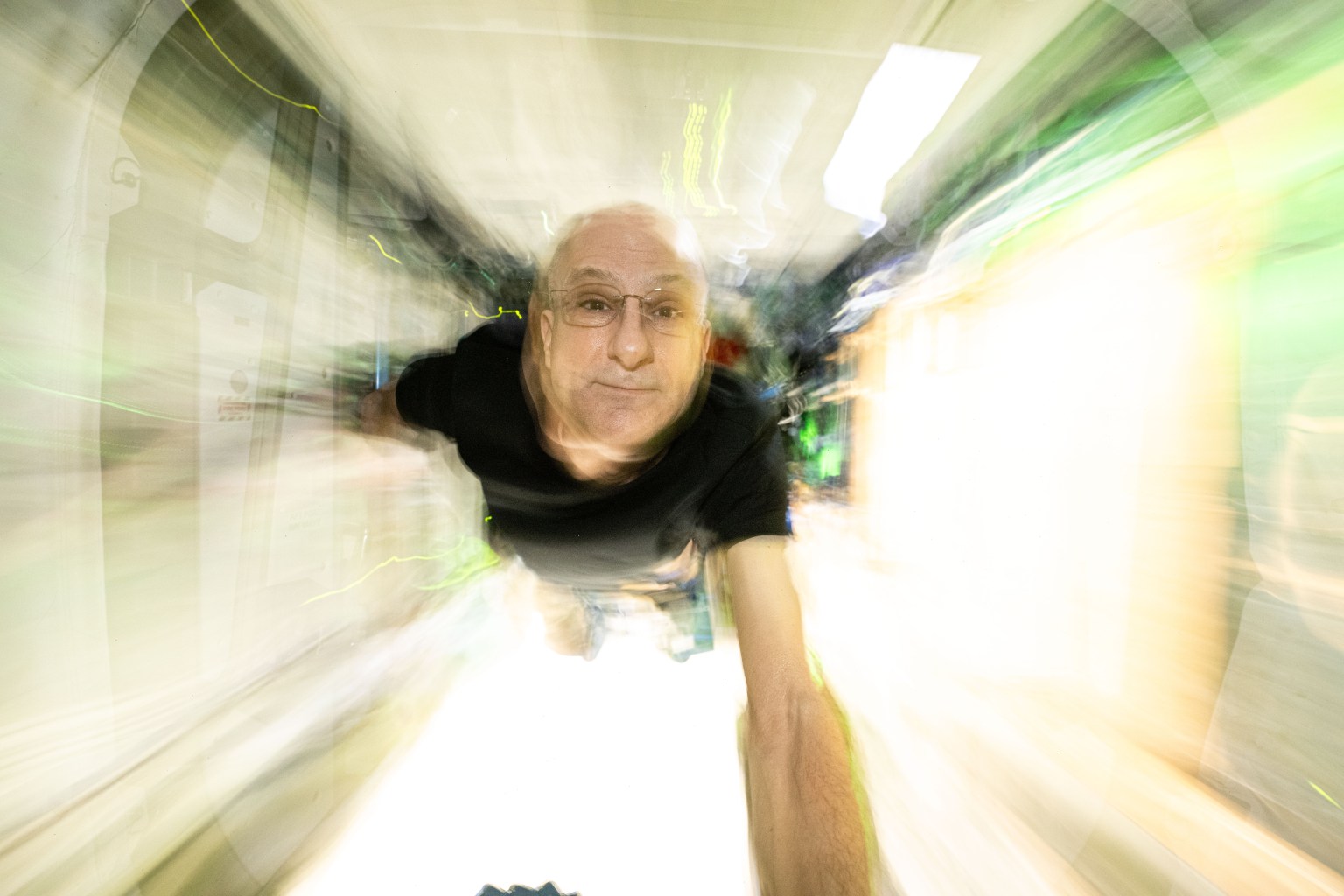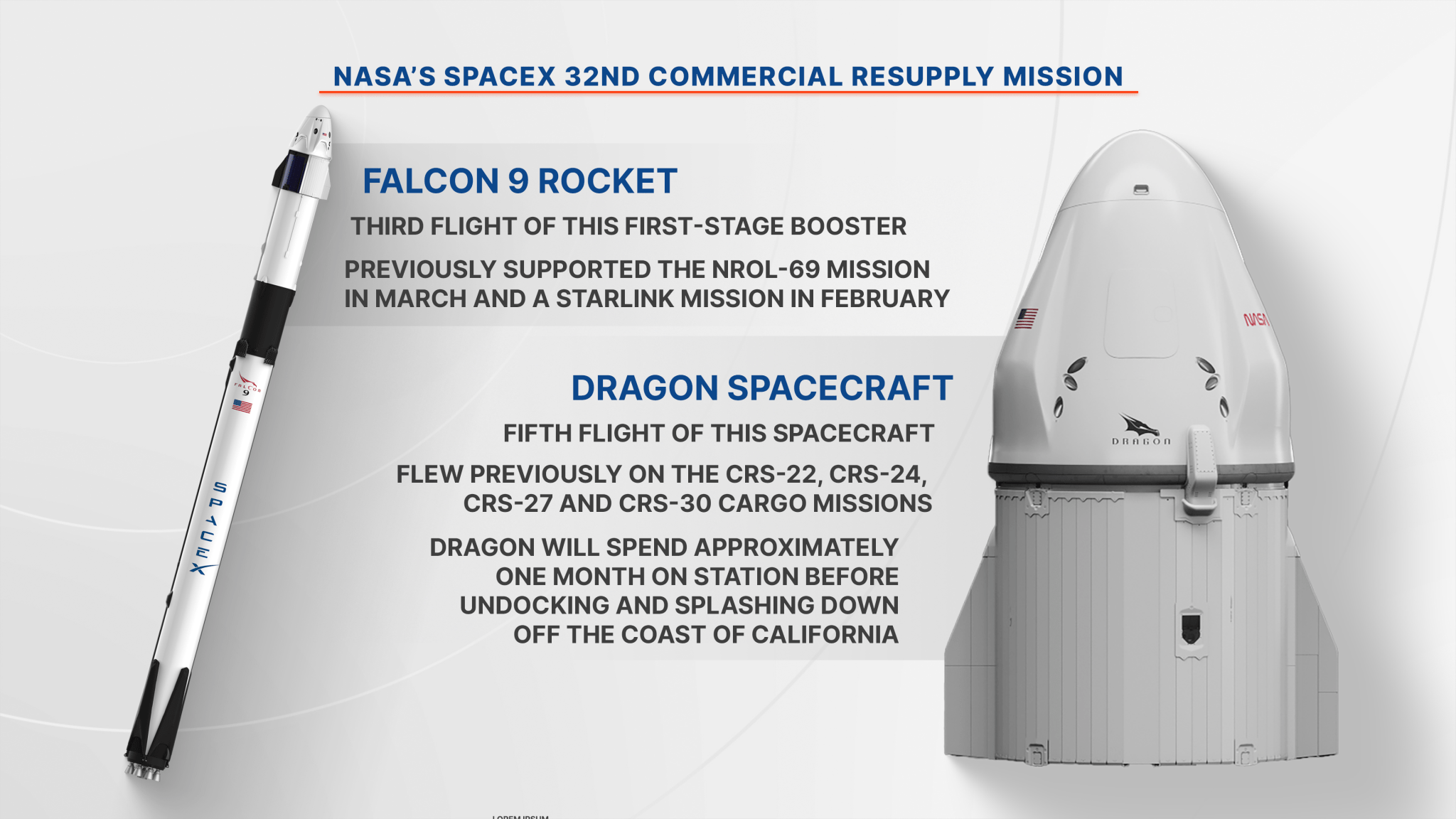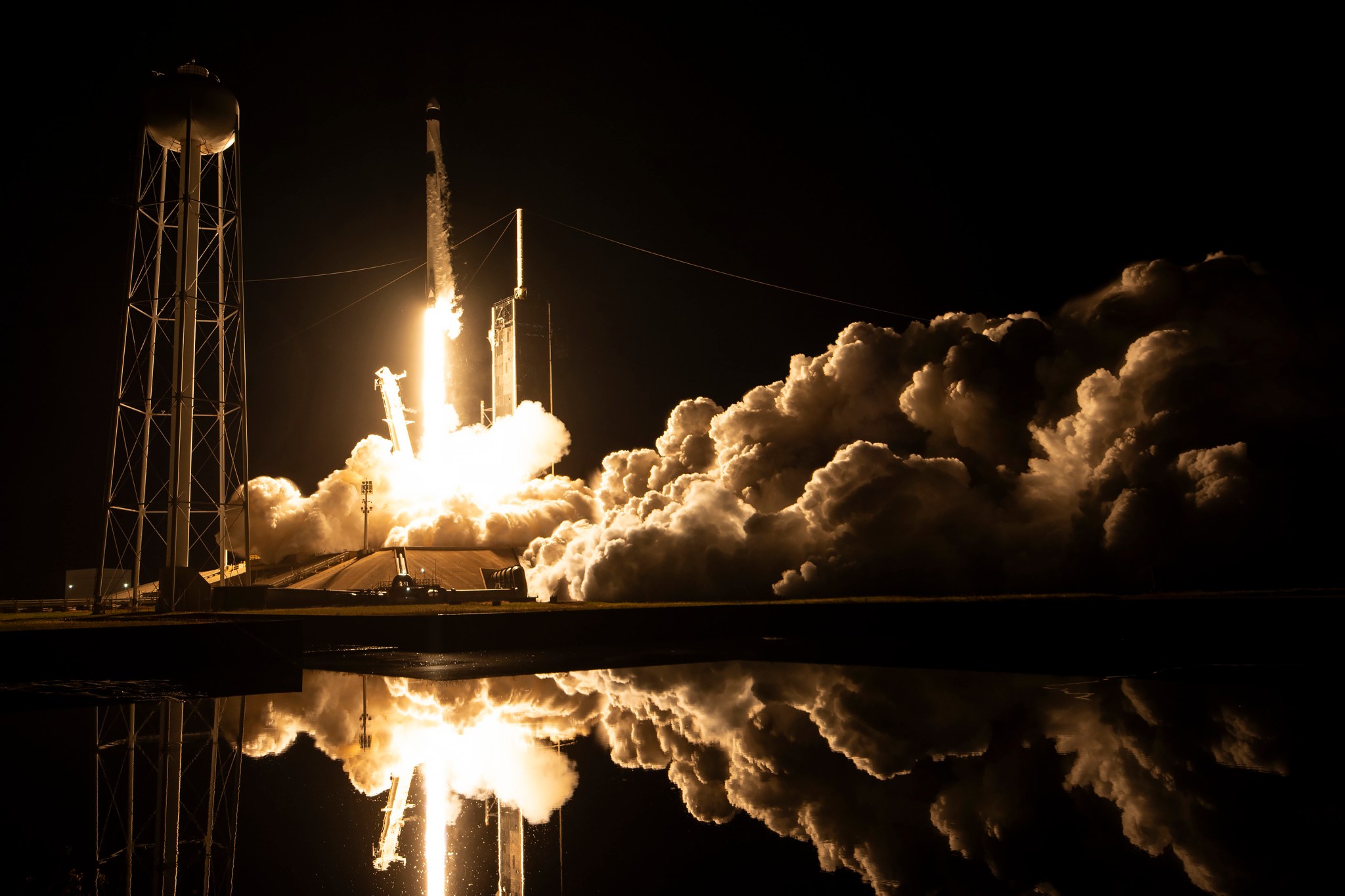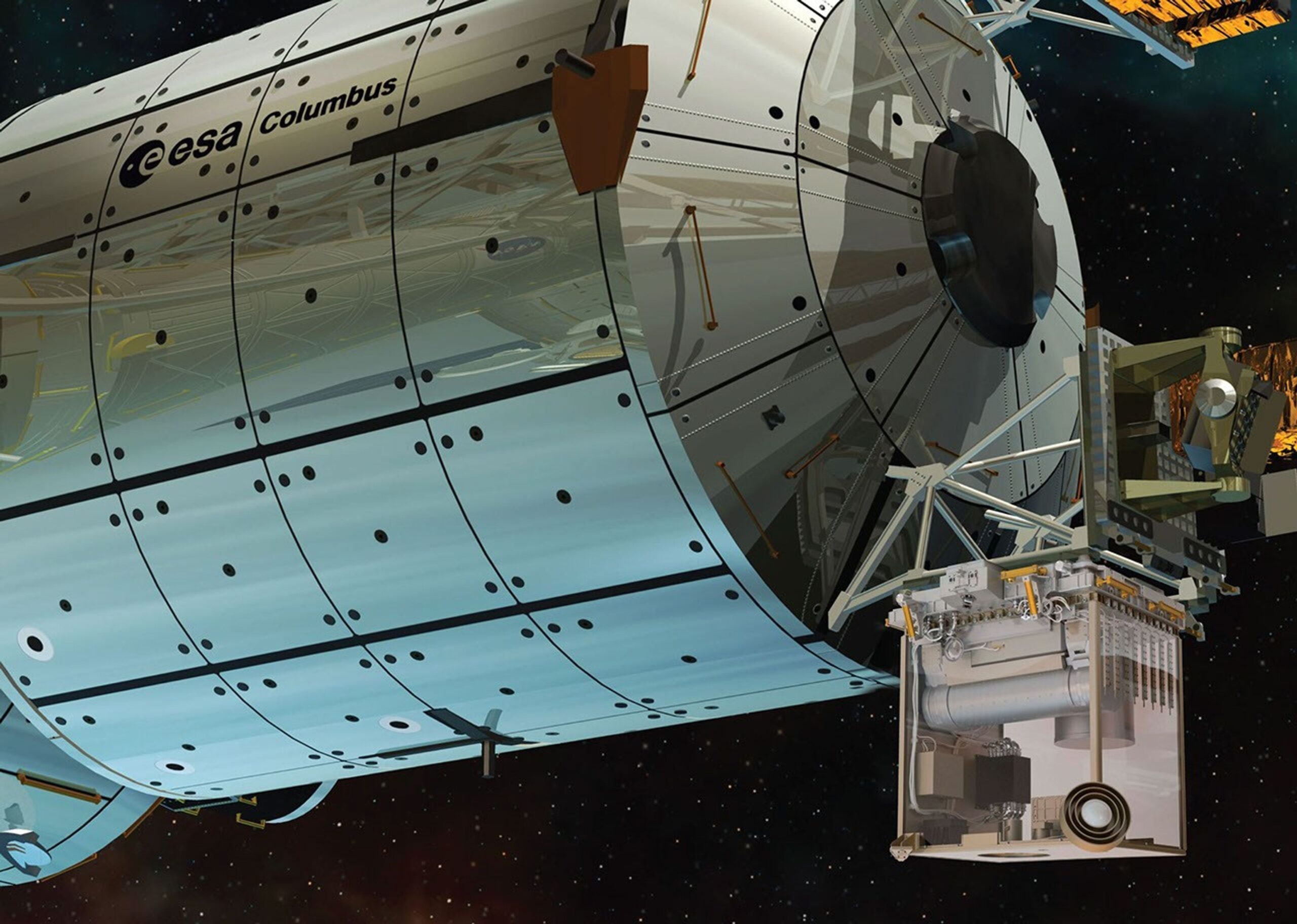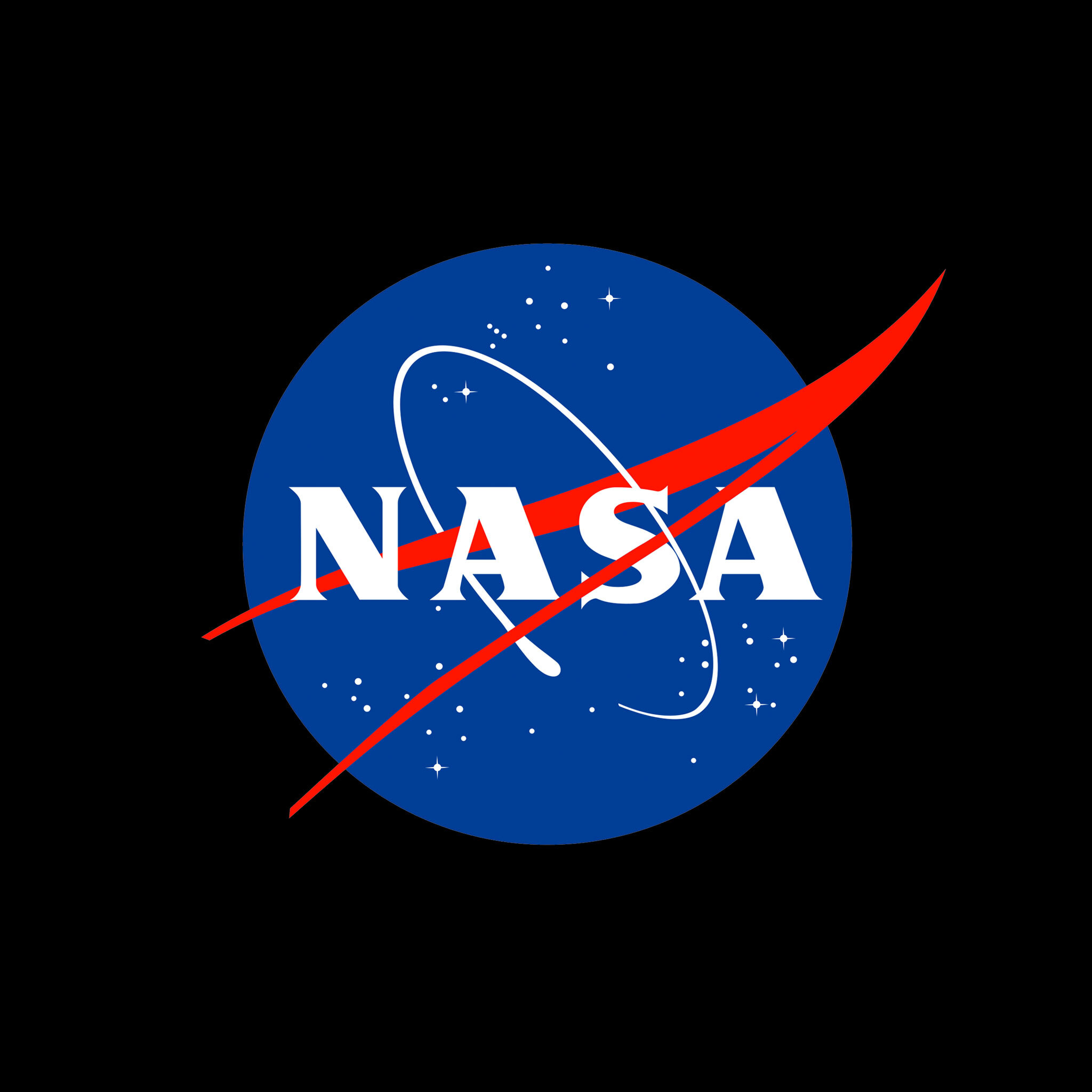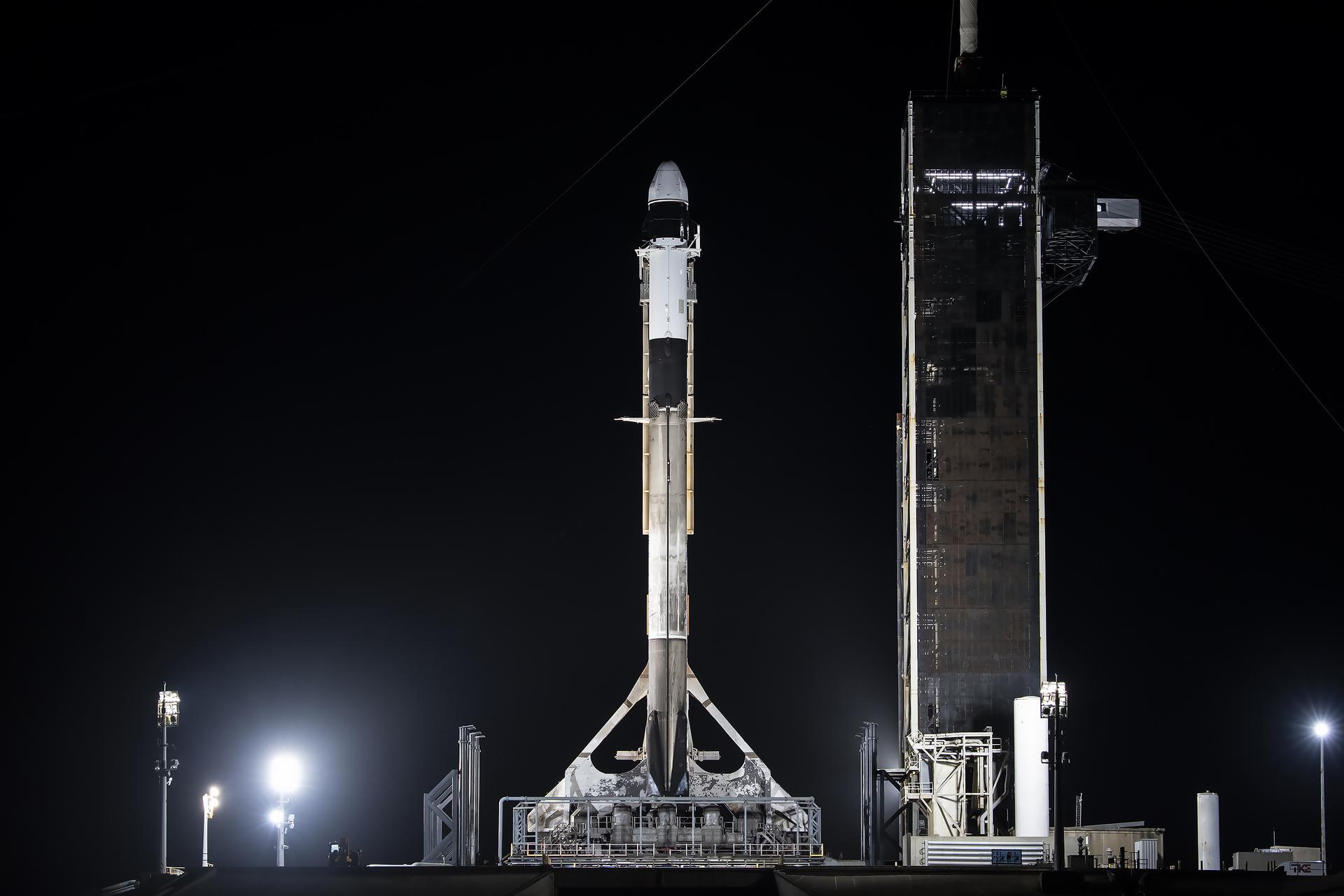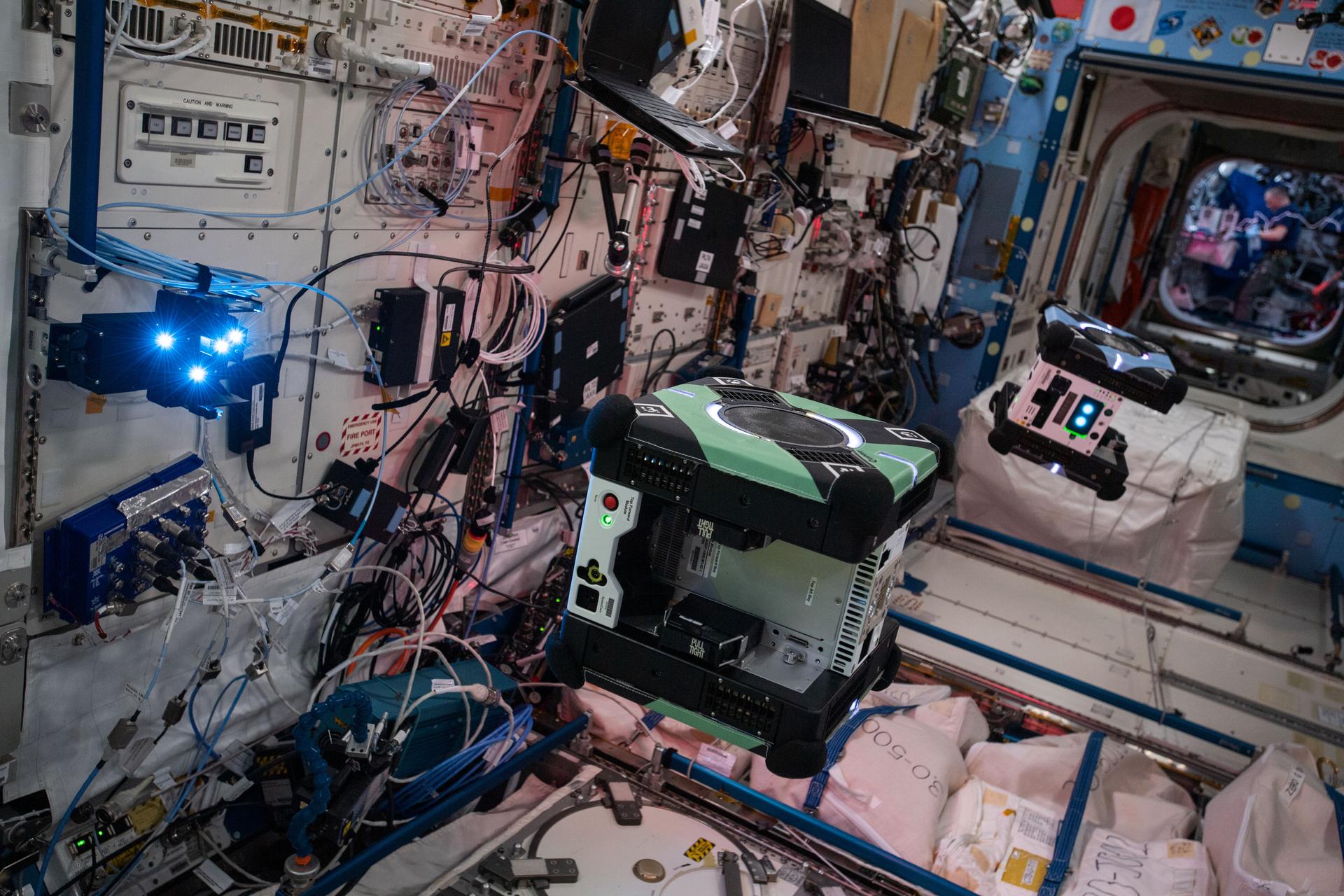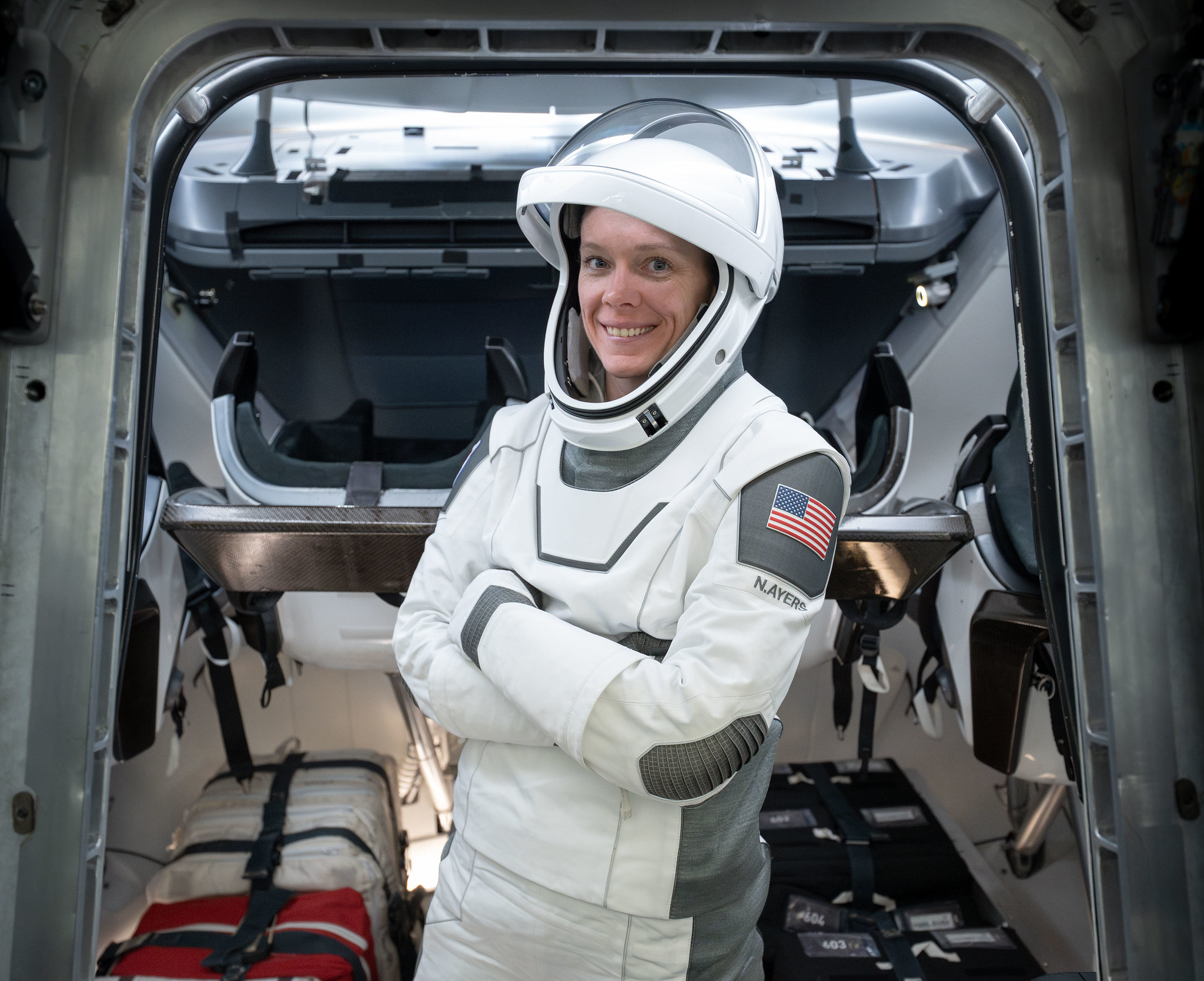NASA astronaut Nichole Ayers works at the controls of the robotics workstation in the International Space Station’s Destiny Laboratory. Credit: NASA Students from Woodland Park, Colorado, will connect with NASA astronaut Nichole Ayers as she answers prerecorded science, technology, engineering, and mathematics-related questions from aboard the International Space Station. Watch the 20-minute space-to-Earth call at 11:55 a.m. EDT on Monday, April 21, on the NASA STEM YouTube Channel. The event, hosted by Woodland Park High School, also is open to students from Woodland Park Middle School. The Colorado high school…
Read MoreTag: ISS Research
NICER Status Updates
April 17, 2025 Following Repair, NASA’s NICER Improves Daytime Measurements A NASA X-ray telescope on the International Space Station called NICER, or Neutron star Interior Composition Explorer, has regained additional daytime observation capabilities thanks to repairs completed during a spacewalk and a reconfiguration of its detectors. In May 2023, NICER developed a light leak in which unwanted sunlight began entering the instrument. Photos taken from inside the space station revealed several small areas of damage to the telescope’s thin thermal shields, which block sunlight while allowing X-rays through to the…
Read MoreScience Meets Art: NASA Astronaut Don Pettit Turns the Camera on Science
4 Min Read Science Meets Art: NASA Astronaut Don Pettit Turns the Camera on Science NASA astronaut Don Pettit is scheduled to return home in mid-April after a seven-month mission aboard the International Space Station as part of Expedition 72. Throughout his stay, Pettit contributed to research that benefits humanity and future space missions. Pettit also shared what he calls “science of opportunity” to demonstrate how experimenting with our surroundings can help gain a better understanding of how things work. This understanding is perhaps enhanced when art, science, and microgravity…
Read MoreNASA’s SpaceX 32nd Commercial Resupply Mission Overview
NASA and SpaceX are targeting no earlier than 4:15 a.m. EDT on Monday, April 21, for the next launch to deliver scientific investigations, supplies, and equipment to the International Space Station. Filled with about 6,700 pounds of supplies, the SpaceX Dragon spacecraft, on the company’s Falcon 9 rocket, will lift off from Launch Complex 39A at NASA’s Kennedy Space Center in Florida. This launch is the 32nd SpaceX commercial resupply services mission to the orbital laboratory for the agency, and the 12th SpaceX launch under the Commercial Resupply Services-2 (CRS)…
Read MoreNASA Invites Virtual Guests to Launch of SpaceX 32nd Resupply Mission
2 min read Preparations for Next Moonwalk Simulations Underway (and Underwater) The SpaceX Falcon 9 rocket carrying the Dragon spacecraft lifts off from Launch Complex 39A at NASA’s Kennedy Space Center in Florida on Thursday, Nov. 9, 2023, on the company’s 29th commercial resupply services mission for the agency to the International Space Station. SpaceX NASA invites the public to participate in virtual activities ahead of the launch of SpaceX’s 32nd commercial resupply services mission for the agency. NASA and SpaceX are targeting launch at 4:15 a.m. EDT Monday, April…
Read MoreAtomic Clock and Plant DNA Research Launching Aboard NASA’s SpaceX CRS-32 Mission
NASA’s SpaceX 32nd commercial resupply services mission, scheduled to lift off from the agency’s Kennedy Space Center in April, is heading to the International Space Station with experiments that include research on whether plant DNA responses in space correlate to human aging and disease, and measuring the precise effects of gravity on time. Discover more details about the two experiments’ potential impacts on space exploration and how they can enhance life on Earth: “Second Guessing” Time in Space As outlined in Einstein’s general theory of relativity, how we experience the…
Read MoreWhy Do We Grow Plants in Space?
1 min read Preparations for Next Moonwalk Simulations Underway (and Underwater) Why do we grow plants in space? Plants are such versatile organisms that they can fulfill many roles in our exploration of space. Plants provide us with food, with oxygen, they can recycle water and waste, and they can even provide us with psychological benefits. So all these functions will help NASA in fulfilling our goal of trying to create a sustainable environment for human presence in space. But there are also other benefits. We can investigate how plants…
Read MoreNASA Sets Coverage for SpaceX 32nd Station Resupply Launch, Arrival
A SpaceX Falcon 9 rocket, with the company’s Dragon spacecraft atop, stands at Launch Complex 39A at NASA’s Kennedy Space Center in Florida on Nov. 4, 2024, in preparation for the agency’s SpaceX 31st Commercial Resupply Services mission to the International Space Station. Credit: SpaceX NASA and SpaceX are targeting 4:15 a.m. EDT, Monday, April 21, for the next launch to deliver science investigations, supplies, and equipment to the International Space Station. This is the 32nd SpaceX commercial resupply services mission to the orbiting laboratory for the agency. Filled with…
Read MoreNASA’s SpaceX 32nd Resupply Mission Launches New Research to Station
4 min read Preparations for Next Moonwalk Simulations Underway (and Underwater) NASA and SpaceX are launching the company’s 32nd commercial resupply services mission to the International Space Station later this month, bringing a host of new research to the orbiting laboratory. Aboard the SpaceX Dragon spacecraft are experiments focused on vision-based navigation, spacecraft air quality, materials for drug and product manufacturing, and advancing plant growth with less reliance on photosynthesis. This and other research conducted aboard the space station advances future space exploration, including missions to the Moon and Mars,…
Read MoreNASA Astronaut to Answer Questions from Students in Florida
NASA astronaut and SpaceX Crew-10 Pilot Nichole Ayers. Credit: SpaceX Students from Dade City, Florida, will have the chance to connect with NASA astronaut Nichole Ayers as she answers prerecorded science, technology, engineering, and mathematics-related questions from aboard the International Space Station. Watch the 20-minute space-to-Earth call at 1 p.m. EDT on Friday, April 11, on NASA+ and learn how to watch NASA content on various platforms, including social media. The event, hosted by Academy at the Farm and open to students and their families, will occur in Dade City.…
Read More